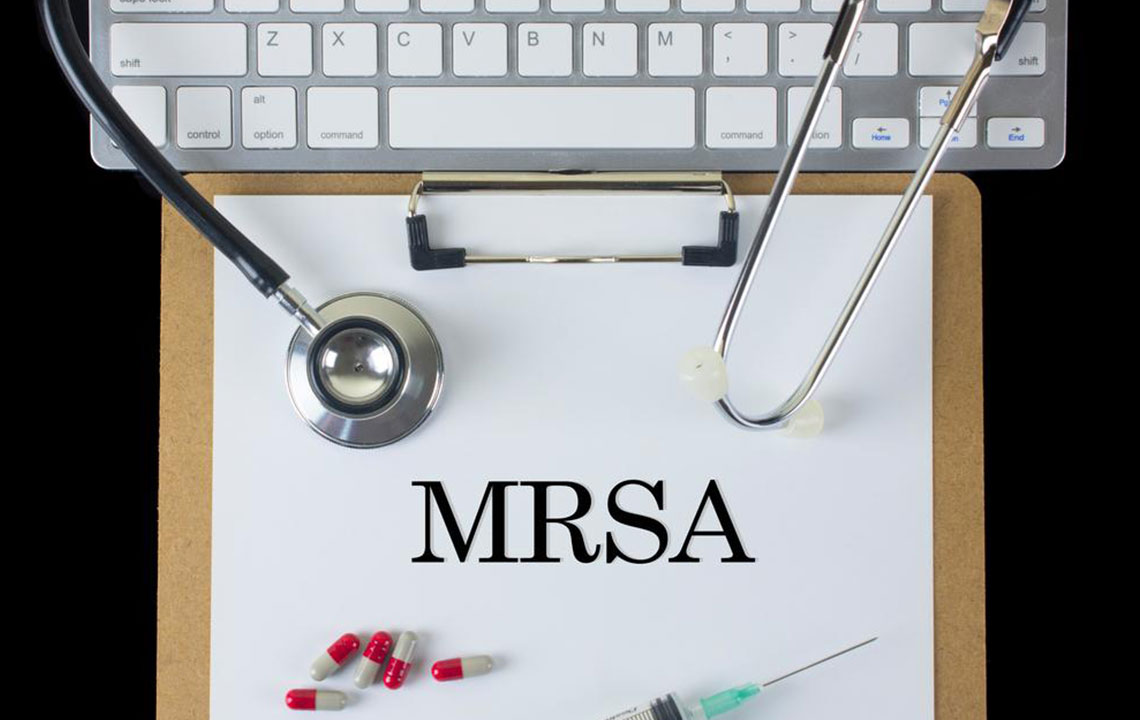Different Ways to Treat MRSA
The methicillin-resistant staphylococcus aureus, which is more popularly known by its abbreviated form MRSA, refers to a skin infection caused by staph bacteria. Though it appears as a regular staph infection, it does not get cured using regular antibiotics used for this kind of treatment. As the bacteria causing MRSA are often listed under the category of the superbug, it is difficult to be cured without amoxicillin or penicillin. Though this is actually listed among the rare diseases, it is now affecting a large number of patients, especially children. Unlike the adults, children do not hesitate to sit close to each other or play with anyone.

MRSA causes
Before proceeding to the diagnosis and treatment, it is important to learn the causes leading to this skin disorder. Like many other skin problems, MRSA too affects people with poor hygiene and is extremely contagious. While children can get it from any friends or adults with whom they interact closely, adults too can contract this disease as it is contagious.
MRSA symptoms
Look out for the signs and symptoms of MRSA and start the treatment procedure without any delay. How to treat MRSA can be answered only if one knows the symptoms of the skin disorder. Some of the common symptoms of MRSA have been listed below:
- Red swollen bumps, which are painful and appear as spider bites.
- The area might feel warm when touched
- Infections are often accompanied by moderate to high fever
- Pus or other fluid in the infected area
- In children, the infection may appear at the place where there is any broken skin or cut.
- Swollen lump or bump, which is extremely hard
It is always recommended to keep an eye on the skin infections as negligence in the initial stage can lead to deep burrow in the skin. In some rare cases, the infection might become life-threatening as well.
MRSA Treatment
MRSA infection can become a serious cause of concern as it can spread rapidly with blood and often affects the lungs. This, in turn, can cause pneumonia. That is why doctors in most of the cases prescribe oral antibiotics along with topical drugs. The initial aim of the doctors is to restrict the spread of the infection in blood along with symptom removal. As these infections are not healed with regular antibiotics, doctors recommend clindamycin, sulfamethoxazole or trimethoprim. In many cases, rifampin is prescribed along with other antibiotics. The type of medicines or the dosage varies depending on the severity as well as the spread of the infection.
In many cases, patients make the mistake of ending the medicine course midway, as they found the infections to be healed from the top. However, do not make such a mistake as it can worsen the condition. Wounds often remain in the inner layers even when the outer layer looks better. So, continue the medication prescribed by the doctor and cure the wound from within.
As MRSA often spreads from one person to others, the doctor may also recommend some preventive medicines or ointments for the family members. Do not neglect the advice or else the infection might spread rapidly to others, especially if there are any children in the family.
Proper home care is important
MRSA is something that can be seldom healed without medication. However, that does not mean, relying on the pills and ointments will give you complete relief. For the best relief, you need to take proper care at home as well. When it comes to home care, the infected [erson should be careful about his movements. He/she should know how to treat MRSA at home. If the movement has not been checked and given undue attention, it will spread the infection further and it will also affect other individuals. Apart from that, the patient should follow healthy hygiene rules. He should keep fingernails short to prevent further scratching on the skin. All clothes, as well as belongings used by the patient, should be washed separately after each use. It is always better to wash the clothes in hot water so all the bacteria might get washed away.
The bed linen of the patient should be changed twice a week and washed in hot water to prevent the spread of germs. Also, dry the sheets and clothes under the sun. Special care should be taken while bathing, this how one can treat MRSA at home. It is generally recommended to use chlorhexidine soaps. Avoid the use of any fragranced soap or shampoos. Apply anti-bacterial lotions and ointments in cuts and cover them with bandages to avoid getting infected by the disease.

